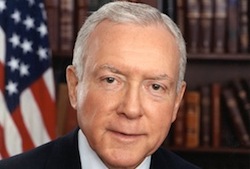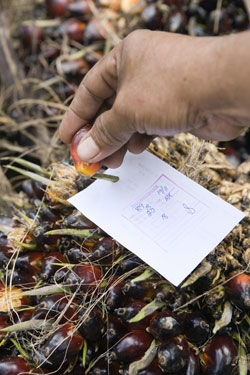This year marks strong global growth for the geothermal industry and is positioned to see greater growth by 2020. In 2013, the Geothermal Energy Association (GEA) identified 70 countries moving forward with nearly 700 geothermal power projects. In 2007, the number was only 46 countries developing or considering geothermal projects. In addition, more U.S. companies are pursuing projects in other countries.
“We are seeing new technology developments move forward and new projects being announced in every region of the world,” said Karl Gawell, Executive Director, Geothermal Energy Association. “Despite slow growth in the United States, the global market continues to gain steam. So, many American geothermal companies are using their industry know-how in friendlier economic and political climates overseas.”
 This year, the industry surpassed 12,000 MW of geothermal power operational, with about 600 MW of new geothermal power coming online globally. New geothermal power came online in Kenya, New Zealand, Nicaragua, Turkey, and Mexico, as well as Oregon, Nevada and Utah in the United States. New announcements in the U.S., Ethiopia, Kenya, the Caribbean and others have increased the developing resource of geothermal power to about 30,000 MW.
This year, the industry surpassed 12,000 MW of geothermal power operational, with about 600 MW of new geothermal power coming online globally. New geothermal power came online in Kenya, New Zealand, Nicaragua, Turkey, and Mexico, as well as Oregon, Nevada and Utah in the United States. New announcements in the U.S., Ethiopia, Kenya, the Caribbean and others have increased the developing resource of geothermal power to about 30,000 MW.
The international geothermal power industry is poised to place between 500 and 1,000 MW on line per year for the rest of the decade. This year new geothermal geologic studies or exploration moved forward in places as diverse as American Samoa, Argentina, Armenia, Australia, Azerbaijan, El Salvador, Ethiopia, Indonesia, Japan, Malaysia, Rwanda, Saudi Arabia, St. Vincent and the Grenadines, Taiwan, Thailand, Uganda, the United States, and Yemen.
Financing was also strong during 2013 with projects announced in Costa Rica, Dominica, Djibouti, Ethiopia, Indonesia, Japan, Kenya, Mexico, Tanzania, and the United States, while projects in drilling and start-of-construction phases made headway in Chile, Germany, Guatemala, Italy, Japan, Montserrat, The Philippines, Rwanda, and Zambia.
Technological advancements were made this year in Enhanced Geothermal Systems (EGS) with successful EGS projects in the U.S. completed by Calpine Corp., Ormat Technologies and AltaRock Energy. Around the world, Australia put its first EGS pilot plant, a 1-MW trial, on line at Habanero, and in Europe, there were EGS advancements in Hungary, the United Kingdom and Switzerland.
At the beginning of 2013, geothermal tax credits were adjusted to qualify projects at the construction stage. Only in the last month of the year have there been signs of change in Washington D.C., with a bipartisan, bicameral budget deal in the Congress and a new clean energy tax proposal by Senate Finance Chair Max Baucus (D-MT).
“The budget deal could open the door to finishing appropriations bills, which could reinvigorate the DOE research program,” Gawell said. “And the Baucus tax paper breathes new life into efforts to establish long-term incentives for geothermal and other clean power technologies.”
 Gevo, Inc. has applauded Underwriter Laboratories (UL) decision to approve the generic use of up to 16 percent isobutanol (biobutanol) in UL 871A pumps manufactured by any company that meets ASTM specifications. If a retail gasoline station currently has these pumps, then no changes need to be made to offer consumers isobutanol.
Gevo, Inc. has applauded Underwriter Laboratories (UL) decision to approve the generic use of up to 16 percent isobutanol (biobutanol) in UL 871A pumps manufactured by any company that meets ASTM specifications. If a retail gasoline station currently has these pumps, then no changes need to be made to offer consumers isobutanol.









